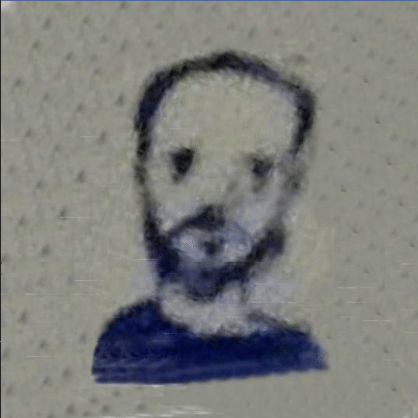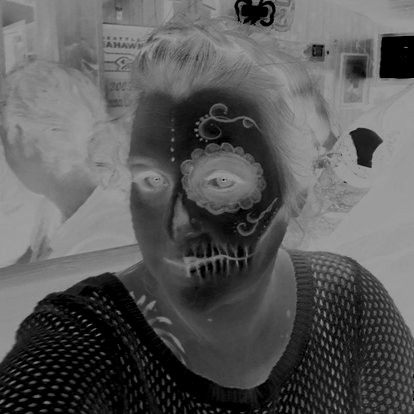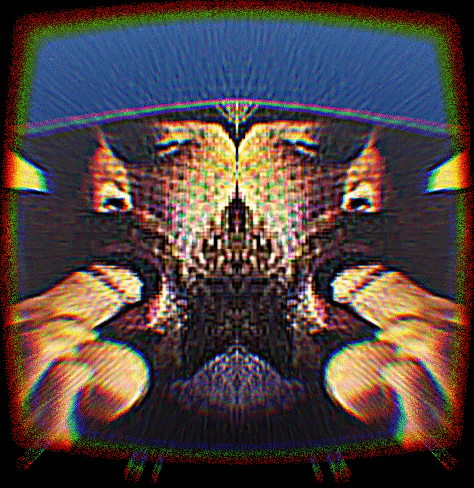"..skinny drug whores were my addiction." S.B. Alger
A Necrophiliac Satanist in Sheep's Clothing
"I don't trust Sean, he is one of them" - Tracy Twyman
A concern that Tracy Twyman voiced to her widower a few days before her untimely death.
..and Who 'Suicided' Tracy R. Twyman?

"that somebody was her friend that turned... this was somebody she knew that this, okay, and somebody was posing as a husband and wife is what I was getting.."
"She was kind of struck by somebody she felt was a friend of hers so this is a betrayal on a total level."
Hollywood crowd Diva & Psychic, Sloan Bella and channeling Tracy R. Twyman on July 18th 2019
"I'm reluctant to relay what I know about Tracy and God..." - S.B. Alger
Like how Tracy Twyman met her Maker?



